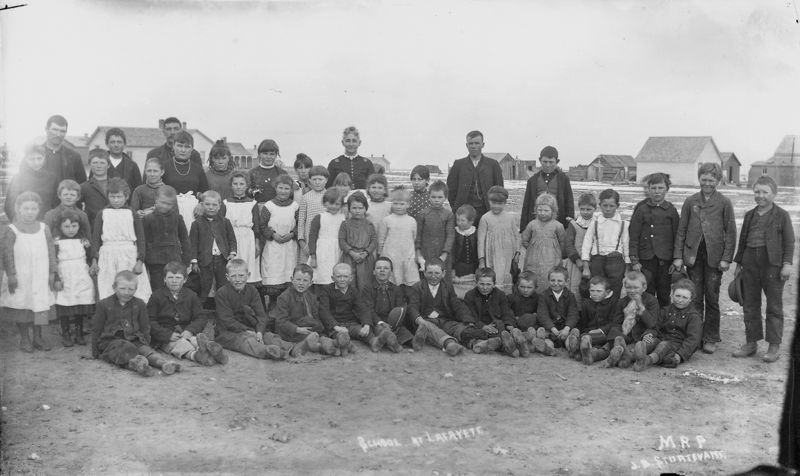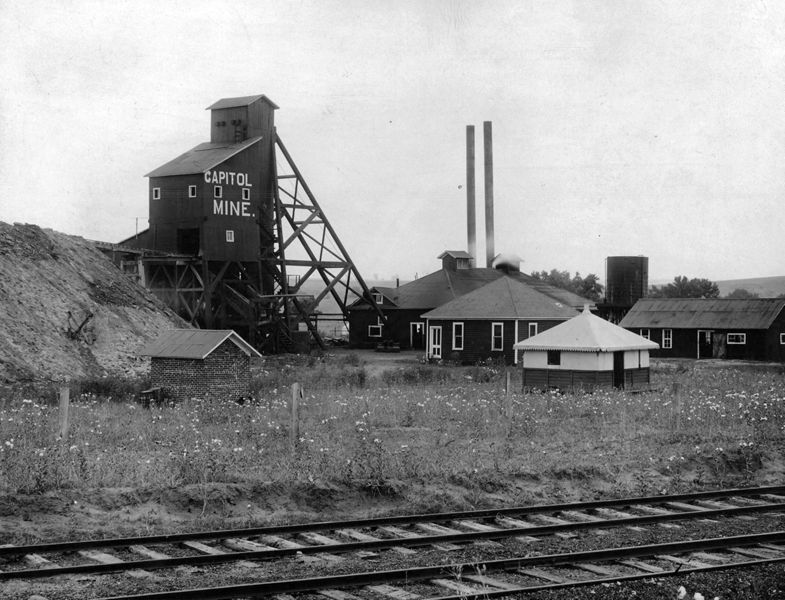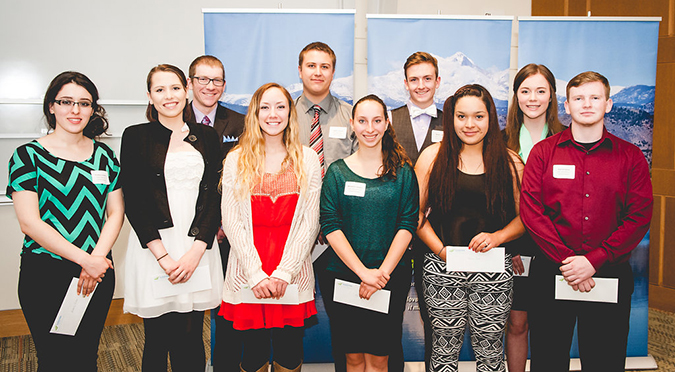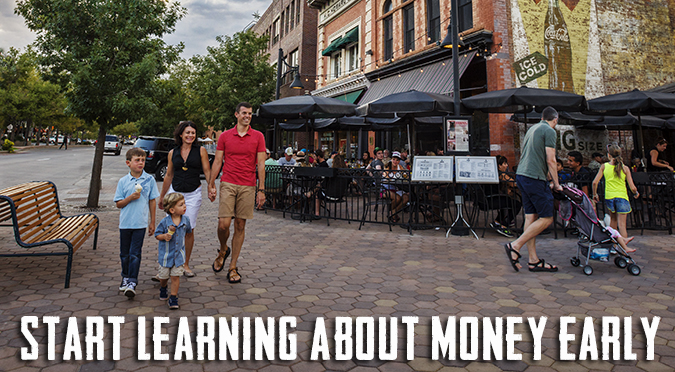In August, we celebrate the remarkable life of Mary Miller, the founder of the city of Lafayette, who was born this month 177 years ago. Here, we look back at her contributions and how Lafayette became the town we now know in our latest post with Museum of Boulder.
Mary’s move out west
Mary Miller (Foote) was born in Geneseo, New York, on August 3, 1843. Her father, John B. Foote, was a successful hotel owner and miner during the California Gold Rush. Mary grew up in Hastings, Michigan, and Independence, Ohio. On Christmas Eve of 1862, Mary wed her husband Lafayette Miller. Just a few months after they married, the pair joined an ox-team wagon train and headed west in six covered wagons toward the Territory of Colorado. After months of difficult travel, Mary and Lafayette arrived in the Territory of Colorado and settled in Burlington, known today as Longmont.
Early Colorado life
After arriving in Longmont, the Millers bought a house and ran a stage stop in what is now part of Rock Creek Farm on Highway 287. In 1871, they moved to what is now Lafayette to begin farming on 160 acres of land they acquired through the Homestead Act. In 1874, the Millers moved to Boulder, where Lafayette ran a butcher shop with Mary’s brother, James B. Foote, and was also a town trustee. Mary was an active member of the community and served on the school board during this time. In 1878, Lafayette Miller tragically died, leaving Mary widowed with six children.

Photo courtesy of the Carnegie Library for Local History / Museum of Boulder Collection
Life after the death of Lafayette
After her husband died, Mary and her children moved back to the 160-acre farm. In 1884, a large coal vein was discovered at the Miller farm. Because Mary kept the claim to all mineral rights from her land, she was able to collect money from all the mines on her land. Then in 1888, Mary platted 150 acres of her land for the town of Lafayette, which she named after her late husband. Lafayette was home to two general stores and several boarding houses. By 1914, a power station in Lafayette provided Boulder, Louisville, Longmont and Fort Collins with electricity. The original town deed did not allow for the sale of alcohol east of Public Road. That rule lasted until the early 1980s, as Mary was a staunch advocate of the temperance movement and once ran for state treasurer as a Prohibitionist.

Photo courtesy of the Carnegie Library for Local History / Museum of Boulder Collection
Banking and industry
In 1892, Mary opened Farmers’ and Miners’ State Bank, which closed in 1894 due to the Miller’s support of striking coal miners. Not to be deterred from enterprise, Mary opened a second bank, founding the Lafayette Bank in 1900. She was elected president, which made her the first and only female bank president in the United States at that time. The bank collapsed in 1914 after giving a $90,000 loan to the United Mine Workers, which they did not repay. Mary also helped finance and manage a flour mill in the area, Lafayette-Louisville Milling & Grain Company, located closely to the current location of the Lafayette Feed and Grain elevator today.
Mary Miller died at the age of 78 on November 14, 1921, and her legacy carries on to this day. A woman who was a pioneer in her community and business, Mary is now considered the Mother of Lafayette.
This blog was written in partnership with our friends at Museum of Boulder and the Miners Museum of Lafayette. To find out more about the Museum of Boulder and history of Boulder County, visit their website.*
*This link leads to a 3rd party website.


